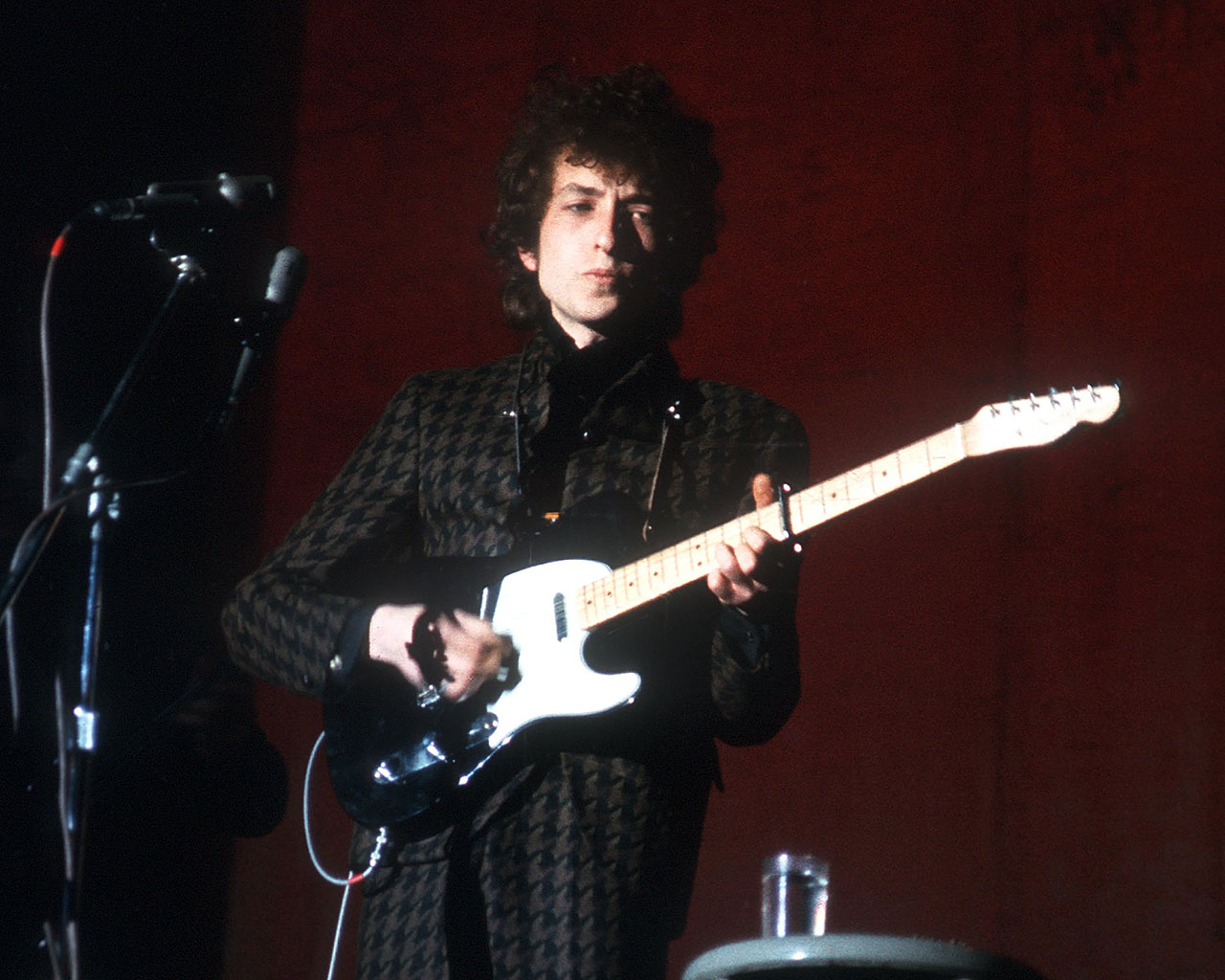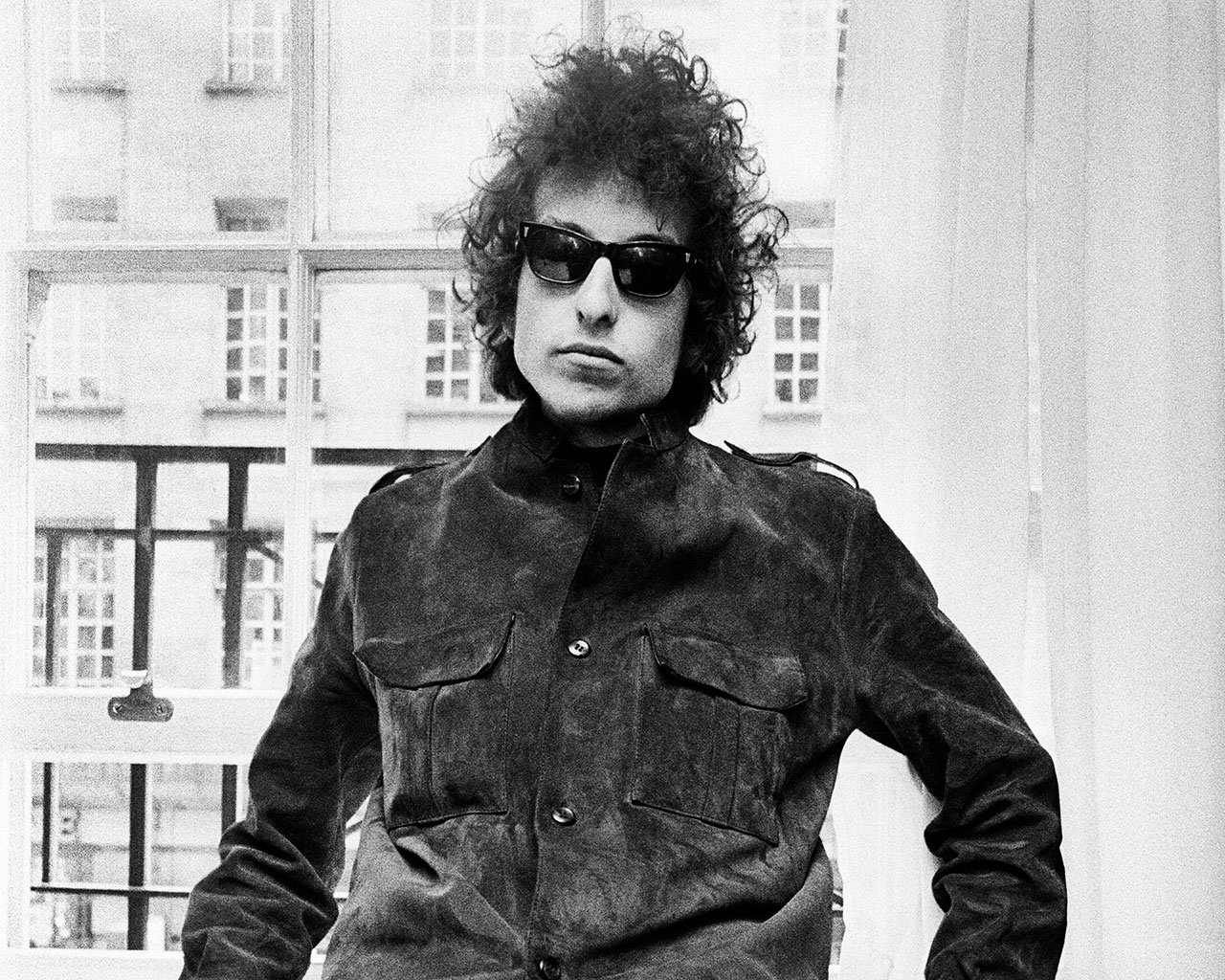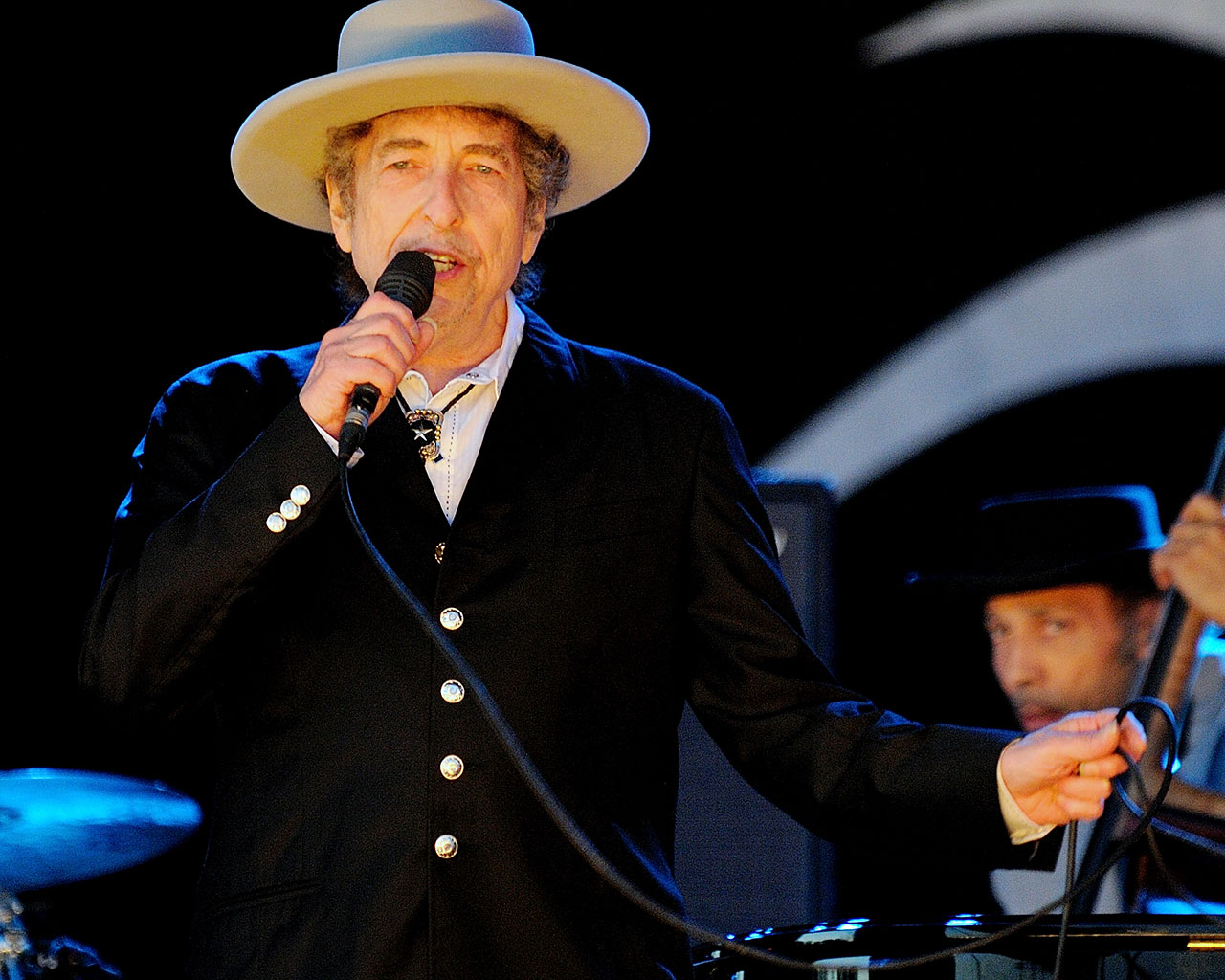

This Sunday, when Bob Dylan makes his first TV concert appearance in some 30 years — “Shadow Kingdom” (with purchasing available until July 20) — there will be a perfect meal with which to accompany the show: flounder alongside a rendition of the home-made potato-chips that used to be de rigueur at Roger’s Restaurant (now Townline BBQ).
After all, Roger’s flounder is the entrée that made Bob Dylan happy in the 1970s. Bruce Harry, an East Hamptons native, happened to be cooking at Roger’s in Sagaponick when the future Nobel Prize winner strolled in for a bite to eat. “Someone said ‘Bob Dylan’s sitting in the dining room,’” Harry told the East Hampton Star in 2016. Explaining that Dylan was not the restaurant’s first celebrity diner – other ‘70s stalwarts included Cheryl Tiegs (probably in the company of her then-beau Peter Beard), Craig Claiborne and Marlo Thomas – he added, “I always try to perfect what I do, so I tried to make a perfect order of flounder.”
Clearly, game recognizes game. After finishing dinner, recalled Harry, “[Dylan] popped his head in and said, ‘Thank you very much. That was a great meal.’ I was all dirty and greasy, so I didn’t shake his hand.”
Dylan, who, on at least one occasion, rented a house in East Hampton under his mother’s maiden name so that nobody knew he had snuck into town, was not exactly swanning around the Hamptons or even venturing to Montauk for hangout sessions with Warhol (though he and his family did take jaunts to the lighthouse there). Instead, Dylan mostly lived with discretion, renting houses (on Nichols Lane one time and on Lily Pond Lane another), keeping a hammock in the living room and doing paintings as well as songwriting collaborations with theater-director and lyricist Jacque Levy. In his book “Chronicles”, Dylan describes East Hampton as “not really a place but a ‘state of mind’” for getting one’s balance back.
Dylan and Levy headed East after collaborative sessions in Greenwich Village came with too many distractions and lures of local drinking spots. “Some it was very funny; we’d be walking down a supermarket aisle [while loading up on groceries for the Hamptons house],” the late Levy said in a YouTube video, recalling the weeks he and Dylan spent in East Hampton. Another time, he recalled, “after we finished a song, we went out to a bar and [Dylan] had a sheet [of paper] with him. Bob asked somebody at the bar if he would like to hear a song that he wrote.”

Dylan began reciting the song and, said Levy, “the person at the bar was starry eyed. He’s probably still talking about the night Bob Dylan read him a song he wrote.”
Whatever goofing around took place, Dylan must have been happy with the collaboration that yielded tunes such as “Joey” and “Hurricane,” which highlight the 1976 LP “Desire.” As Levy remembered it, a few weeks into their stay, Dylan called CBS records from the Hamptons. He had big news: “Get ready. We’re going to come in a couple of weeks. We’ve got a new album.”
In “Chronicles,” Dylan describes the Nichols Lane digs as “as a colonial house with plantation-shuttered windows.” Giant hedges hid him and his family from the street and there was a large backyard that opened up to “a gated dune that led to the pristine Atlantic sandy beach.”

Dylan writes that it was in East Hampton where he first began painting landscapes (the rental was a pretty good investment, then, as his pieces sell for thousands of dollars and he has a retrospective coming up in Miami). But, as Dylan points out in “Chronicles,” he and his five kids engaged in the same family activities as the rest of us might. “We went to the beach, boated on the bay, dug for clams, went to Gardiners Island, rode go-carts and pulled wagons, walked around on Division Street … and went to the movies.”
That last detail was confirmed by the late Rick Murphy in “Dan’s Paper”: “Bob Dylan used to take his little ones to the matinees … I saw him outside – like a complete unknown.”
Save for the occasional bit of scene-making at a local bar or supermarket, Bob Dylan had it no other way during his Hamptons sojourns. “My face wasn’t that well known,” Dylan writes, “although the name would have made people uncomfortable.”













